What’s the Buzz
The Bee Healthy Blog
What’s the Difference Between a Bladder Infection and UTI?
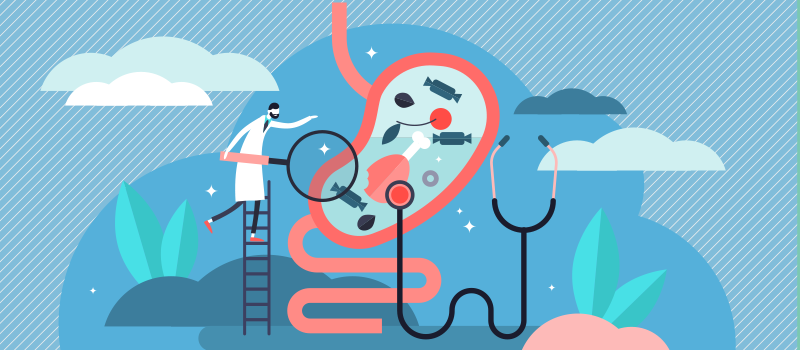
Do you find yourself wondering—Didn’t I just pee?—Or run to the bathroom only to produce a few drops of urine? And on top of that, do you have a burning sensation when you urinate?
You could have a urinary tract infection (UTI) or bladder infection. It’s not something to panic about. They’re common conditions that can be easily treated. But knowing how to recognize them is important so that you can get timely treatment.
Please continue reading to learn about the difference between bladder infections and urinary tract infections. Also, find out what causes them, how to tell if you’re getting one, and what you can do to prevent them.
Is a bladder infection the same as a urinary tract infection UTI?
A urinary tract infection UTI is an infection in any part of the urinary tract. The urinary tract consists of the kidneys, ureters, bladder, and urethra.
- An infection in the kidneys is called pyelonephritis or kidney infection.
- An infection in the ureters (the tubes that link the kidneys to the bladder) rarely occurs in isolation.
- An infection in the urinary bladder is called cystitis or bladder infection.
- An infection in the urethra (the tube that empties urine from the bladder to outside the body) is called urethritis.
The terms urinary tract infection UTI and bladder infection are often used interchangeably. However, a bladder infection is a type of urinary tract infection. In other words, a bladder infection is a UTI located in the bladder. A UTI can occur in the bladder or at some other place in the urinary system (kidneys, ureters, urethra). All bladder infections are urinary tract infections. But all urinary tract infections are not bladder infections.
If you sense an infection of the urinary system, it is important to get prompt advice, diagnosis, or treatment from a healthcare professional.
What causes urinary tract infections?
The most common cause of urinary tract infections and bladder infections is bacteria. A common culprit is bacteria called Escherichia coli or E. coli. This bacteria is normally found in the bowel. A urinary tract infection can occur if the bacteria are transferred from the anus to the urethra. This is because the female anatomy consists of a short urethra. Also, the urethral opening is not far from the anus. For these reasons, adult women are 30 times more likely to get UTIs than adult men. In people with a weakened immune system, bladder infections can also be caused by fungi (yeast).
The body has several systems in place to prevent bacterial infection. For example, it usually flushes out bacteria with urine during urination. However, bladder infections can occur when bacteria enter through the urethra and move toward the bladder. Here, the bacteria attach to the walls of the bladder and multiply quickly. If the body is unable to kill the bacteria, it results in a bladder infection.
Some bladder infections are acute, while others can be chronic (long-term). Early treatment is important to prevent the spread of the infection further into the urinary system, including to the kidneys. Kidney infection (cystitis) can be very painful and can cause further health complications.
How do I know if I'm getting a bladder infection?
Your symptoms of bladder infection will depend on the severity. You might notice changes in urination such as frequency (needing to pee more often than usual), urgency (sudden sensation of wanting to urinate or needing to run to the bathroom), pain or burning when you pee, bloody or cloudy appearing urine, foul-smelling urine, and pressure or cramping in the lower back or lower abdomen.
When a bladder infection spreads to the kidneys (pyelonephritis), it can also cause mid-back pain. This back pain is unlike muscular back pain. It is not brought on or made worse by activity or position. A kidney infection can also cause additional symptoms such as fever, chills, nausea, vomiting, and a general feeling of illness.
If you suspect you have a bladder infection, seek care from a healthcare provider as soon as possible, certainly if your symptoms do not go away in a day or two. Older individuals, pregnant women, and people with diabetes should see a doctor right away. Early treatment is essential to prevent the spread of the infection to the kidneys. As mentioned, kidney infections require urgent medical attention because they can lead to serious complications.
How long does a bladder infection last?
You should obtain relief of bladder infection symptoms within 24-48 hours of starting treatment. However, if you have a kidney infection, it can take a week or more for the symptoms to go away. A kidney infection should be treated immediately, as it can evolve into a generalized infection or sepsis.
As mentioned above, bladder infections are typically caused by bacteria. They are treated with prescription medications, usually an oral antibiotic, which kills the bacteria causing the infection. It is important to take the full course of the antibiotic even after you start feeling better. This ensures all the harmful bacteria are killed. Failure to do so can lead to recurrent urinary tract infections. If you are prone to frequent bladder infections, your doctor might prescribe a small daily dose of antibiotics for a while to prevent this from occurring.
To relieve symptoms such as pain, burning, urgency, and frequency, your doctor may prescribe a medication called phenazopyridine (Pyridium). You can also ask your doctor about using over-the-counter pain relievers such as ibuprofen (Advil, Motrin) or acetaminophen (Tylenol) for relieving back pain and abdominal cramps. A heating pad or warm compresses on the lower back or lower abdomen can help relieve the dull ache that is a common symptom of bladder infections.
What is the fastest way to get rid of a bladder infection?
It is crucial to seek medical care from a healthcare provider if you suspect a bladder infection. Based on your symptoms and laboratory test results (urine studies), your doctor will prescribe you an appropriate antibiotic. A healthcare provider will also rule out other causes for your symptoms, such as sexually transmitted diseases, which can cause similar symptoms as UTIs. Besides this, you can do several things to speed up your recovery from a bladder infection.
Drink more water
Water helps flush out bacteria from the bladder. It also dilutes the urine and makes urination less uncomfortable.
Don’t hold urine
Holding your pee allows bacteria to remain in the bladder and multiply. Frequent urination helps to eliminate the bacteria from the urinary system.
Urinate after sex
Sexual activity can push the bacteria deeper into the urethra in both women and men. Urinating after sex can help flush the bacteria out before they have a chance to settle and cause an infection. Some women with chronic infections may even be advised to take a dose of antibiotics just after intercourse.
Wear loose cotton clothing
In women particularly, tight or synthetic clothing can create a warm and moist environment in the private areas, which is ideal for bacteria to thrive. Loose pants, skirts, and cotton underwear are recommended to promote air circulation and decrease bacterial growth. Change your underwear daily.
Drink cranberry juice
This is a well-known home remedy for UTIs. Although there is no solid scientific evidence that drinking cranberry juice works, it might be worth trying if you are prone to frequent and recurrent bladder infections. Do not delay seeking medical treatment while you try this. Cranberry tablets, concentrated extracts, or juice cannot be relied upon solely to treat an active urinary tract infection.
Take hygiene measures
Showers are better than baths. Women should wipe from front to back to prevent contamination of the urinary system from bacteria near the anus. Women should also avoid using feminine products like vaginal sprays or douches. It is advisable to avoid using a diaphragm with spermicide and use other methods of birth control instead. Men should use lubricated condoms without spermicide.
References:
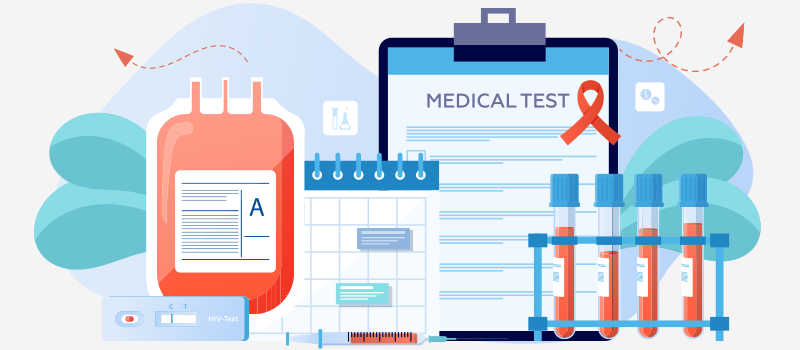
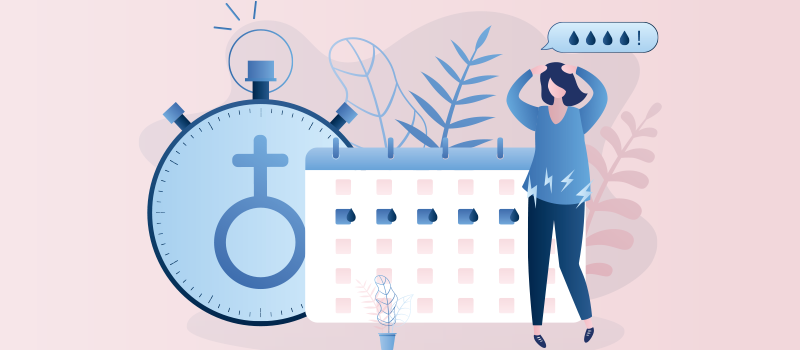

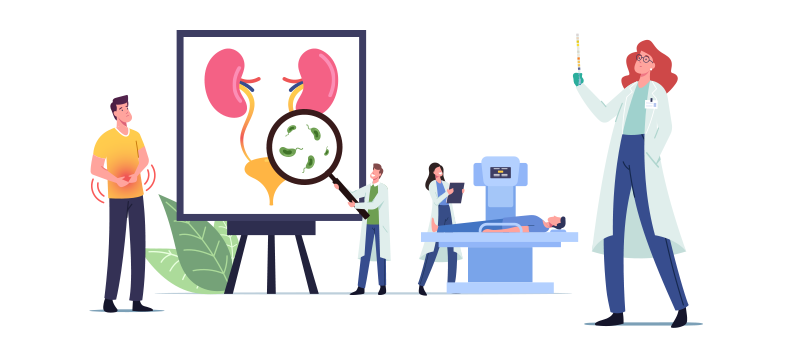

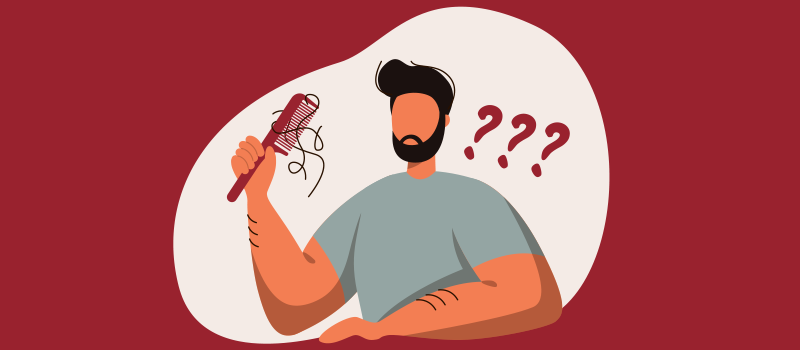


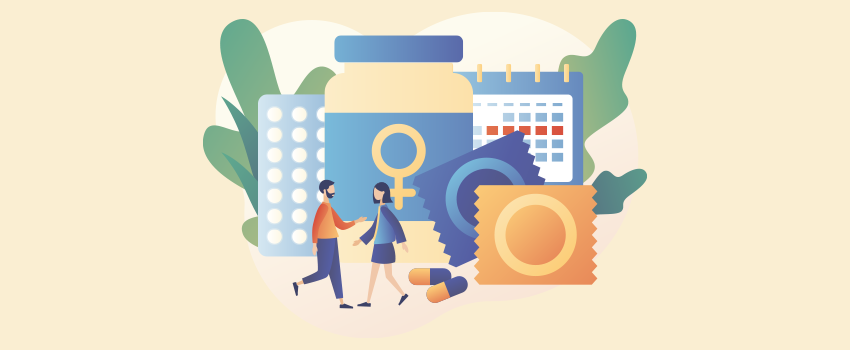


SOCIAL